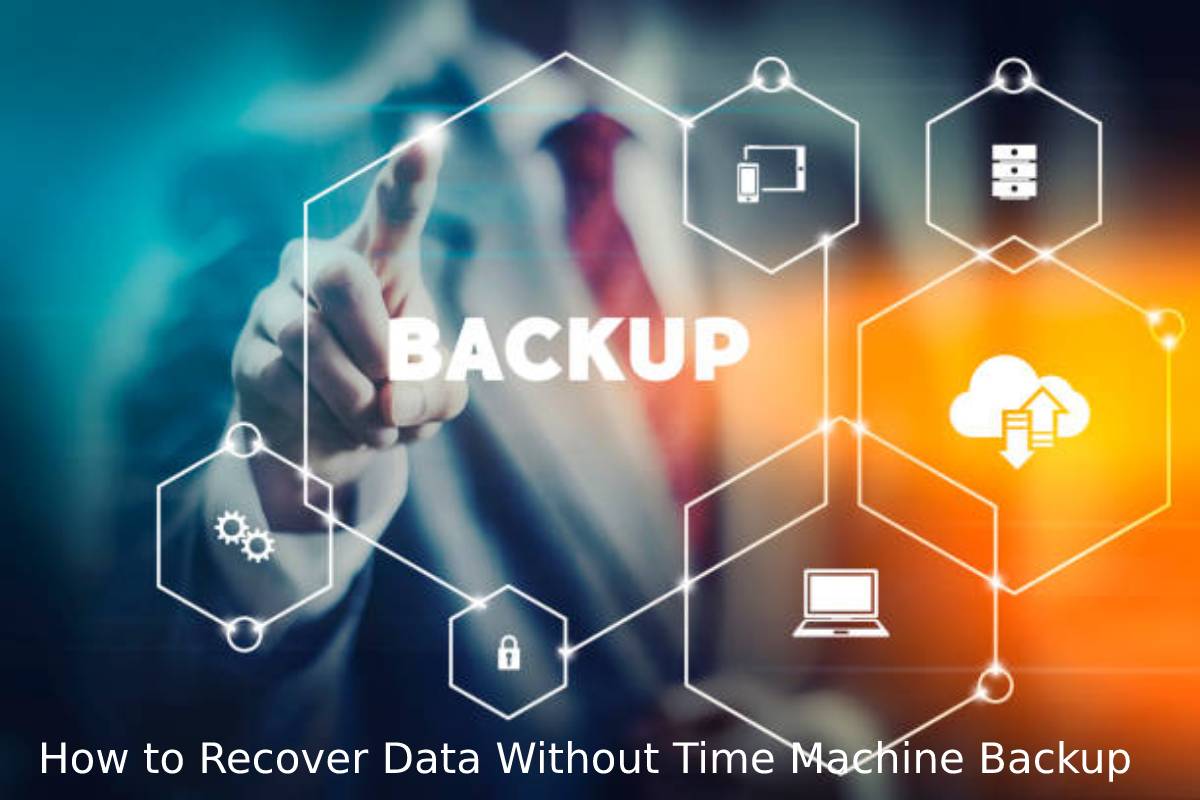Your IT team manages tools and protocols that protect your organization against cyber breaches. To decide on the next step in cybersecurity, which flaws to patch up first, and how to react to the potential threat, they use risk analytics.
In cybersecurity, not all threats and vulnerabilities are the same. Some are high priorities and should be taken care of promptly. Others can wait on the cybersecurity list longer because they won’t result in a cyber breach any time soon.
How can you know which vulnerabilities should your IT teams pay attention to and how to approach risk analytics to create the strongest cybersecurity you can have?
Table of Contents
What Is Data Risk Analytics?
Data risk analytics utilizes machine learning to process large amounts of data about your network. While analyzing the data, it takes into consideration both human behavior and occurrences within your system.
As risk analytics processes data, it compares previous data it has about your system to alert your IT team of any unwanted practices and unauthorized access to your company’s systems.
Nowadays, risk analysis is an automatic process, and it doesn’t require a lot of manual management from your team.
However, your team still has to use the data that the automated risk analysis collected to make important decisions about the ways to strengthen your security and react to threats early.
Recognizing False Positive Threats
During risk analytics, your team might brush off some threats as false positives. This happens because many of the alerts have been false positives in the past and they get many notifications.
Not every alert indicates high risk or even genuine threats, and it’s difficult to discern if the next notification is something that is worth exploring any further.
Automated risk analysis takes a lot of legwork from your team by using algorithms to compare data and highlight risks that require their immediate attention.
It helps them to focus on genuine threats instead of anomalies. Analysis that is anomaly-oriented can exhaust your teams and let a lot of concerning threats slip through the cracks.
Early Response to Threats
Response time in case of cyber threats is critical. The longer your organization waits, the worse the financial aftermath of the cyber attacks is.
Recovery time following the attack can cost companies millions — a financial catastrophe that puts most organizations out of business.
Depending on the type of attack, you or your team might not even know it’s happening and hackers could be in your system for months — monitoring your activity and collecting sensitive data. Remember, not all cyberattacks include a ransom note.
Data analytics has an important role in discovering pressing threats early. It replaces multiple alerts about anomalies that can overwhelm your team and prioritize only damaging threats instead.
Analytics warns about active attacks early and allows low-risk problems to get filtered out.
Summary of Threats in Simple Terms
Automated risk analysis makes cybersecurity easier for both less experienced members of your IT team and IT professionals with experience.
In summaries that you get after the automated analysis, complex threats are explained using simple language.
This means that IT teams can spot the risks worth investigating and react with proper tools and protocols.
Clear summaries make the jobs of IT professionals easier and their reaction time much faster.
They also include actionable tips that elaborate on which steps they can take to increase security or mitigate attacks.
Reducing Human Errors That Cause Breaches
The general consensus is that all errors in cybersecurity are caused by humans — mostly by careless employees that lack knowledge in security matters.
Truth is, not all employees are cybersecurity experts. Less tech-savvy team members might click an infected link in an email. Alternatively, they might send their credentials to a person that is misrepresenting themselves as a superior within your organization.
Employee training can help with reducing errors.
The training should cover how to set up strong passwords and never use them for multiple accounts, warn them not to use work devices for private purposes, and teach them how to recognize attacks that exploit workers such as phishing.
Setting up your network to demand strong passwords and blocking the sites can also prevent some of the common attacks that occur due to social engineering.
The rest of the mistakes are caused by IT teams that manage the systems or humans that make or sell tools you can download to protect your company.
Sure, they may know more about security than anyone else in the company. Unfortunately, the heavy workload and many decisions they must make result in a high-pressure environment and inevitable mistakes.
Vendors that sell tools can correct their mistakes and improve technology with new updates.
Automated risk analytics compares data and alerts your teams of suspicious behavior, whether it’s an accidental blunder from your less tech-savvy employees or someone who breached the network.
No Such Thing as Perfect Cybersecurity
Attack surface, or the system and network you use and hackers can attack, will never be fully protected — whether you use best cybersecurity tools or top security experts in their field or not.
Your network is ever-changing and it’s difficult to keep up – even with the latest technology that scans and mitigates threats. New methods that hackers use to attack networks can exploit systems in unexpected ways are discovered daily.
For your IT team, this means that their dashboard is overwhelmed with constant alerts that may or may not be genuine threats.
Therefore, security will never be error-free. The best they can do is to analyze risks and take care one thing at a time — starting with patching up high-risk flaws and moving on to the vulnerabilities that are less concerning.
Data risk analytics continually compares information to prioritize threats and it can help your team reduce their response time as well as spot a genuine threat early.




